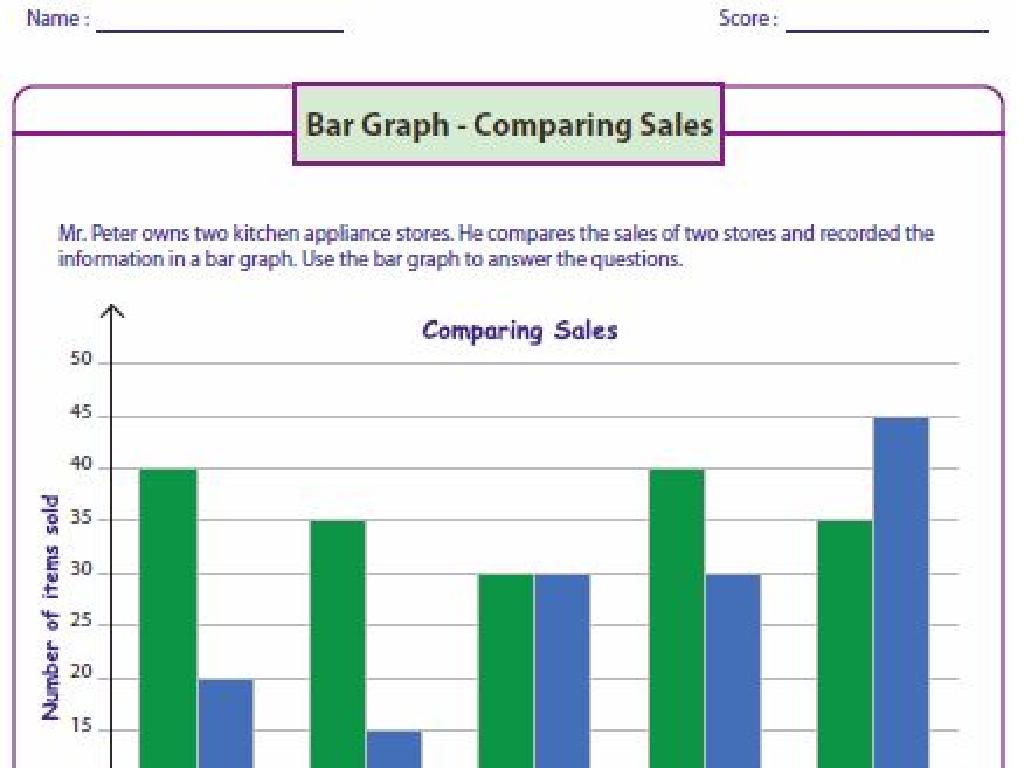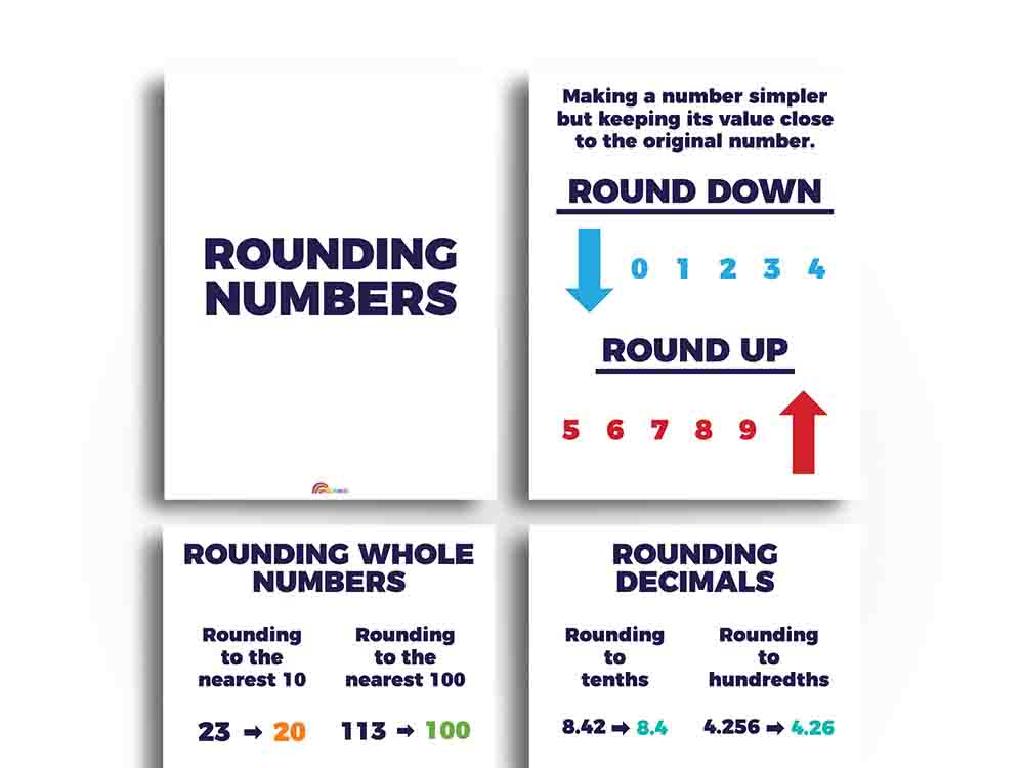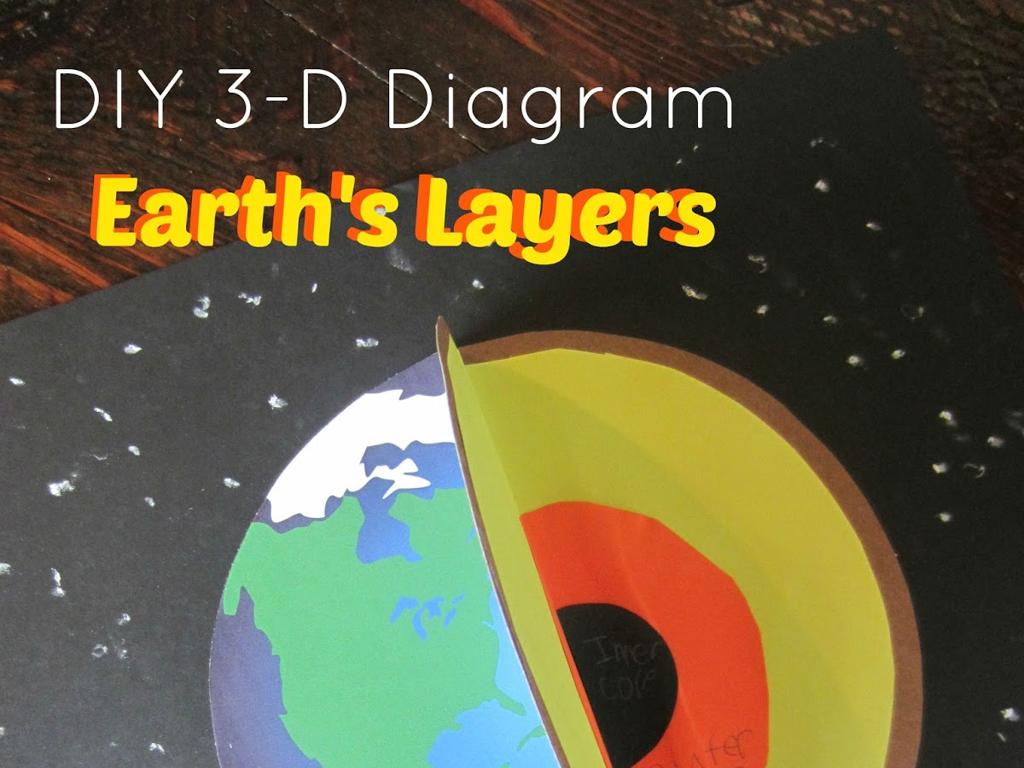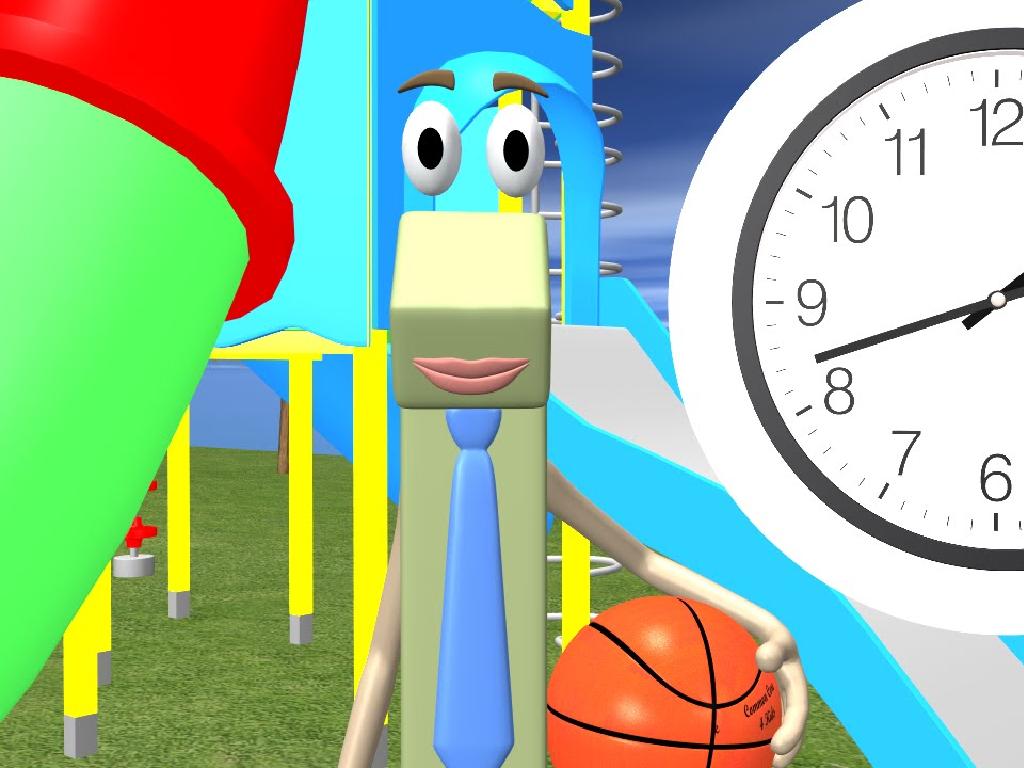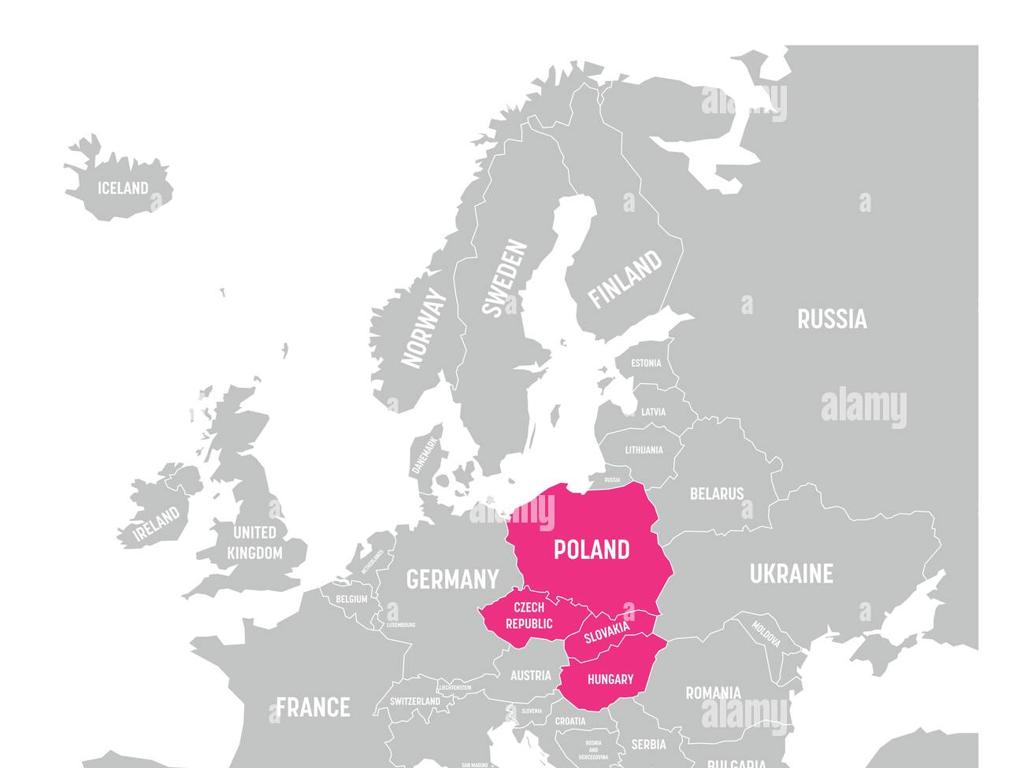Find All The Lowercase Letters
Subject: Language arts
Grade: Pre-k
Topic: Lowercase And Uppercase Letters
Please LOG IN to download the presentation. Access is available to registered users only.
View More Content
Welcome to Letter Land!
– Greetings, little explorers!
– Ready for a letter treasure hunt?
– Learn uppercase vs lowercase
– Uppercase letters start sentences. Lowercase letters are used in the middle.
– Spot all the lowercase letters
– Find lowercase letters in your favorite book or on signs.
|
This slide is designed to excite the children about discovering letters in a fun and interactive way. Begin with a warm welcome to engage the students and set the tone for a playful learning experience. Introduce the concept of a ‘letter treasure hunt’ to create anticipation. Explain the difference between uppercase and lowercase letters, emphasizing that uppercase letters are used at the beginning of sentences and for proper nouns, while lowercase letters are more common and appear throughout sentences. Encourage the children to find and identify lowercase letters in familiar places such as books or signs around them. This activity will help them recognize and differentiate between the two types of letters in a practical context.
Meet the Letters!
– Uppercase letters: Big letters
– Lowercase letters: Small letters
– Example: Big ‘A’ vs. small ‘a’
– ‘A’ is big and tall, while ‘a’ is small and short
– Spotting lowercase letters
– Find small letters in your favorite book
|
This slide introduces the concept of uppercase and lowercase letters to Pre-K students. Begin by explaining that uppercase letters are ‘big’ and are often used at the beginning of names and sentences, while lowercase letters are ‘small’ and are used most of the time in writing. Show them the visual difference using the example of big ‘A’ and small ‘a’. Encourage the children to identify and find lowercase letters by looking at books, signs, or labels in the classroom. This activity will help them recognize the difference in size and shape between uppercase and lowercase letters, which is a fundamental skill in early literacy.
Spot the Difference: Uppercase vs. Lowercase
– ‘A’ vs. ‘a’: Spot the difference
– ‘A’ is big, ‘a’ is small
– Compare ‘B’ with ‘b’
– ‘B’ stands tall, ‘b’ is short
– How is ‘C’ different from ‘c’?
– ‘C’ is round, ‘c’ is small and round
– Every letter has a unique shape!
|
This slide is designed to help Pre-k students recognize the differences between uppercase and lowercase letters. Start by showing them the letters ‘A’ and ‘a’, and ask them to identify how they are different in size and shape. Repeat this with ‘B’ and ‘b’, ‘C’ and ‘c’, encouraging the students to observe the distinct characteristics of each letter. Emphasize that every letter has its own special shape, whether it’s big or small. Use physical letter cards or a whiteboard to demonstrate. For an engaging activity, have students sort a mixed pile of letter cards into uppercase and lowercase or go on a ‘letter hunt’ in the classroom to find and categorize letters.
Lowercase Letter Hunt
– Spot the small letters
– Look for letters smaller than ‘A’, ‘B’, ‘C’…
– Point to ‘a’, ‘b’, ‘c’…
– Can you find ‘a’? It’s like a tiny apple!
– Lowercase letters are little
– They are not big like ‘A’, ‘B’, ‘C’…
– Remember the shapes
|
This slide is designed to help Pre-k students distinguish between uppercase and lowercase letters through a fun and interactive ‘hunt’. Encourage the children to identify and point to the lowercase letters ‘a’, ‘b’, ‘c’, etc., among uppercase letters. Reinforce the concept that lowercase letters are the ‘little’ versions of their ‘big’ counterparts. Use familiar objects to help them remember the shapes, like ‘a’ is shaped like a tiny apple. During the activity, walk around the classroom to assist and praise students for each correct identification. This will help build their confidence in recognizing the difference between uppercase and lowercase letters.
Letter Matching Game
– Match big letters with little friends
– Draw a line from ‘A’ to ‘a’
– Can you find all the matches?
– Look for other big and small letter pairs
– Show your great matching skills!
|
This slide introduces a matching game to help Pre-k students recognize the difference between uppercase and lowercase letters. The activity is designed to be interactive and fun, encouraging students to draw lines connecting the uppercase letters to their lowercase counterparts. Teachers should prepare a worksheet with scattered uppercase and lowercase letters, ensuring that each uppercase letter has a matching lowercase letter. During the activity, circulate the room to assist students who may struggle with letter recognition. Praise successful matches to build confidence. After the activity, review the matches as a class to reinforce learning.
Practice Time: Writing Lowercase Letters
– Let’s write lowercase ‘a’, ‘b’, ‘c’
– Begin with ‘a’, make a round circle and a tail
– Start at the dot and follow the arrow
– For ‘b’, start at the top, go down and around
– Practice makes perfect
– ‘c’ is like a round curve; try to keep it even
– Show your letters to the class
|
This slide is for a class activity focused on practicing writing lowercase letters. Start with the basics: ‘a’, ‘b’, and ‘c’. Demonstrate on the board, showing where to start each letter and how to follow the dots or arrows to form the letters correctly. Encourage the children to take their time and remind them that it’s okay to make mistakes; they can always try again. Once they’ve practiced, have them show their work to the class for positive reinforcement. Possible activities include tracing letters on worksheets, writing in sand or shaving cream for sensory play, and using finger paints for a fun, tactile experience.
Letter Craft with Clay
– Create lowercase letters with clay
– Shape clay into ‘a’, ‘b’, ‘c’…
Start with ‘a’, then ‘b’, and keep going!
– Show and tell with your clay letters
Share your letters with the class
– Have fun molding and learning
Learning letters can be a playful activity
|
This slide introduces a hands-on activity for Pre-k students to help them learn lowercase letters through tactile play. Provide each student with a small amount of clay or playdough and instruct them to create the letters of the alphabet starting with ‘a’, ‘b’, ‘c’, and so on. Encourage creativity and assist them in shaping the letters if they find it challenging. Once they have made their letters, organize a show-and-tell session where they can proudly display their work to their friends. This activity not only helps with letter recognition but also enhances fine motor skills. For the teacher: Prepare enough clay/playdough for the class, consider using letter-shaped cutters as guides, and ensure a clean workspace for each child. Have a camera ready to take pictures of their creations for a classroom display or to send home to parents.
Story Time: Spot the Lowercase Letters
– Listen to the story carefully
– Clap when you see a small letter
– Look for letters that are small, not big
– Count the lowercase letters
– Keep track of each small letter you see
– Share how many we found
|
This slide introduces a fun and interactive class activity for Pre-k students to help them differentiate between lowercase and uppercase letters. As you read a story to the class, encourage the students to pay close attention to the letters in the book. Each time they spot a lowercase letter, they should clap their hands. This activity helps to reinforce their understanding of the concept in a playful way. After the story, have a discussion with the students about how many lowercase letters they found and which ones they saw the most. This will also help in developing their counting skills. Make sure to choose a book with a large and clear font to make it easier for the students to identify the letters.
Class Activity: Letter Search!
– Lowercase letters are hidden
– Team up with a buddy
– Find as many letters as you can
– Ready, set, go find them!
|
This activity is designed to help Pre-k students recognize and differentiate lowercase letters in a fun and interactive way. Before starting, ensure that lowercase letters are scattered around the room in accessible places. Pair up the students so they can work together, fostering teamwork and collaborative learning. Explain that they will be on a hunt to find as many lowercase letters as possible. Provide each pair with a bag or basket to collect their letters. Once the activity begins, observe the pairs and offer guidance as needed. After the search, regroup and have each pair share their findings with the class. This can be followed by a discussion on the letters they found most and least. Possible variations of the activity could include: finding letters in their name, matching lowercase to uppercase letters, or sorting the letters in alphabetical order.
Goodbye and Review: Lowercase Letters
– Recap on lowercase letters
– We learned how lowercase letters look and how they differ from uppercase letters.
– Recall some lowercase letters
– Can you name a few lowercase letters, like ‘a’, ‘b’, or ‘c’?
– Praise for today’s learning
– Farewell until next Letter Land adventure
|
This slide is meant to conclude the lesson on lowercase letters. Start by asking the students what they learned about lowercase letters to reinforce their understanding. Encourage them to recall and name some lowercase letters they remember from the lesson. Offer praise to acknowledge their hard work and progress today. Finally, end the class on a positive note, expressing excitement for their next visit to ‘Letter Land’ where they will continue their journey of learning about letters. This review solidifies the day’s learning and sets a positive tone for future lessons.

